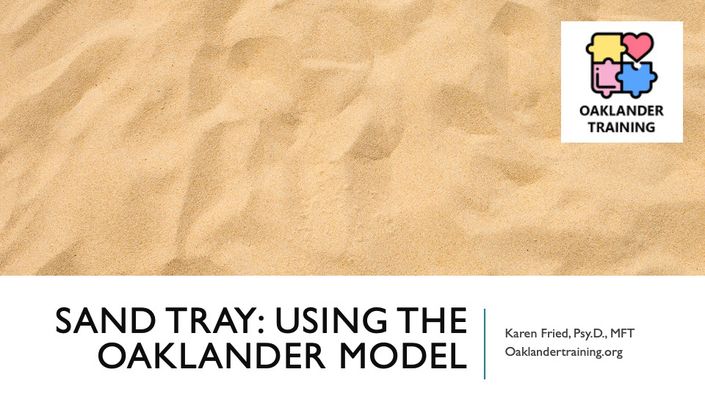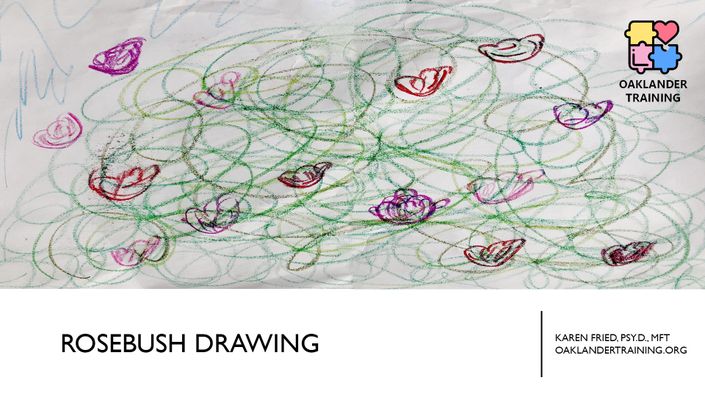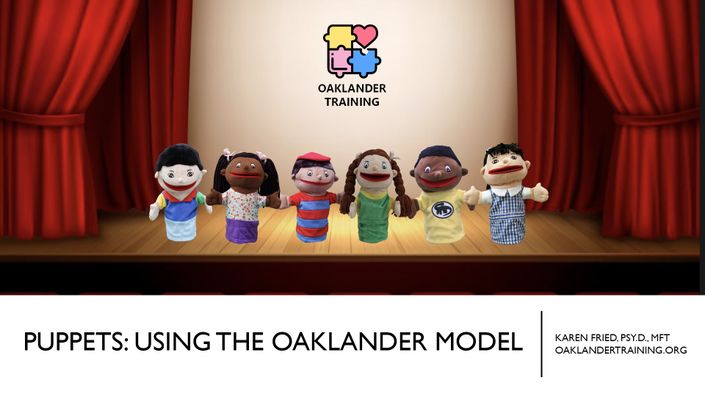The Oaklander Model uses the Dollhouse as a play therapy tool to improve their sense of self. The dollhouse is an excellent tool to use with children, regardless of gender, because it is a familiar item in children’s playrooms, and all children can relate to some living space that the dollhouse represents. Using the dollhouse app, or of course an actual dollhouse, they can create scenes that represent their view of their actual living situation, what they wish for, as well as many other options.
This course includes:
- The rationale for using the dollhouse in play therapy.
- The application of the Oaklander Model using the dollhouse.
- How to establish a relationship with the client using the dollhouse as an option in play therapy.
- Prompts to use that utilize the dollhouse in creative ways.
After completing this course you will have received theory and experiential examples that demonstrate how and why to apply the concepts of the Oaklander Model using the dollhouse.
As an added bonus, we've included two handouts featuring suggested prompts for using the Dollhouse in play therapy. For additional information on using the Oaklander Model, please see Healing Through Play Using the Oaklander Model: A Guidebook for Therapists and Counselors Working with Children, Adolescents and Families

Learn how the Oaklander Model includes the dollhouse and why it can be such a useful tool.

Learn how the use of projection, a key component of the Oaklander Model can be applied to using the dollhouse.

Watch three demonstrations that ground the theory in experience in how this model works.






